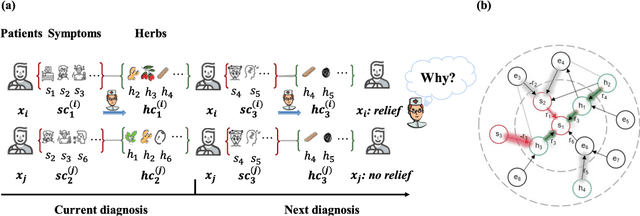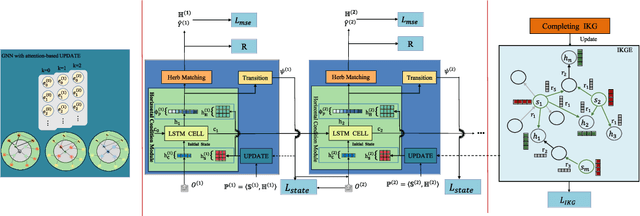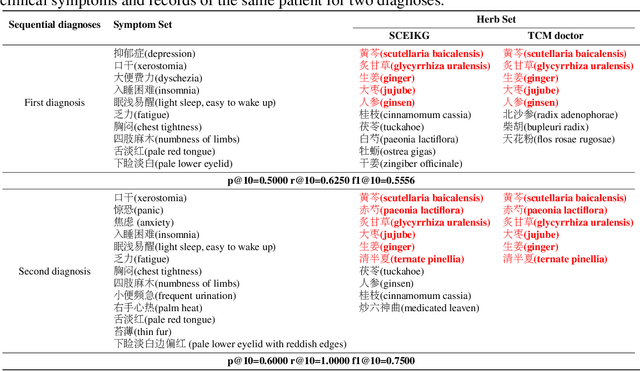Jingjin Liu
BalMCTS: Balancing Objective Function and Search Nodes in MCTS for Constraint Optimization Problems
Dec 26, 2023Abstract:Constraint Optimization Problems (COP) pose intricate challenges in combinatorial problems usually addressed through Branch and Bound (B\&B) methods, which involve maintaining priority queues and iteratively selecting branches to search for solutions. However, conventional approaches take a considerable amount of time to find optimal solutions, and it is also crucial to quickly identify a near-optimal feasible solution in a shorter time. In this paper, we aim to investigate the effectiveness of employing a depth-first search algorithm for solving COP, specifically focusing on identifying optimal or near-optimal solutions within top $n$ solutions. Hence, we propose a novel heuristic neural network algorithm based on MCTS, which, by simultaneously conducting search and training, enables the neural network to effectively serve as a heuristic during Backtracking. Furthermore, our approach incorporates encoding COP problems and utilizing graph neural networks to aggregate information about variables and constraints, offering more appropriate variables for assignments. Experimental results on stochastic COP instances demonstrate that our method identifies feasible solutions with a gap of less than 17.63% within the initial 5 feasible solutions. Moreover, when applied to attendant Constraint Satisfaction Problem (CSP) instances, our method exhibits a remarkable reduction of less than 5% in searching nodes compared to state-of-the-art approaches.
Sequential Condition Evolved Interaction Knowledge Graph for Traditional Chinese Medicine Recommendation
May 29, 2023



Abstract:Traditional Chinese Medicine (TCM) has a rich history of utilizing natural herbs to treat a diversity of illnesses. In practice, TCM diagnosis and treatment are highly personalized and organically holistic, requiring comprehensive consideration of the patient's state and symptoms over time. However, existing TCM recommendation approaches overlook the changes in patient status and only explore potential patterns between symptoms and prescriptions. In this paper, we propose a novel Sequential Condition Evolved Interaction Knowledge Graph (SCEIKG), a framework that treats the model as a sequential prescription-making problem by considering the dynamics of the patient's condition across multiple visits. In addition, we incorporate an interaction knowledge graph to enhance the accuracy of recommendations by considering the interactions between different herbs and the patient's condition. Experimental results on a real-world dataset demonstrate that our approach outperforms existing TCM recommendation methods, achieving state-of-the-art performance.
 Add to Chrome
Add to Chrome Add to Firefox
Add to Firefox Add to Edge
Add to Edge